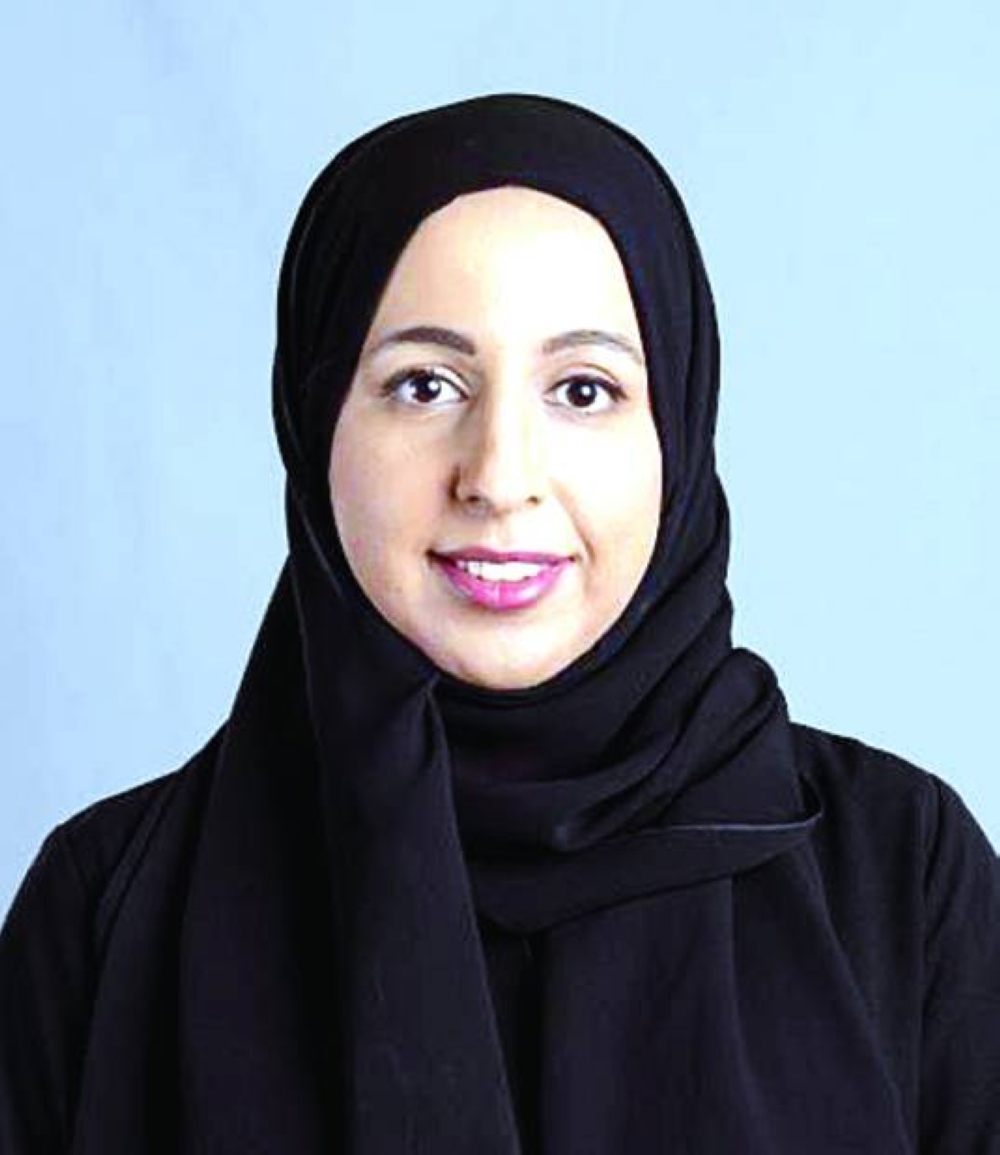The College of Science and Engineering (CSE) at Hamad Bin Khalifa University (HBKU), a member of Qatar Foundation (QF), has chalked out a project to integrate autistic children with educational environments. Dr Dena al-Thani, associate professor at the college told local Arabic daily Arrayah that the project will ensure the integration of kids with autism through social play activities inside and outside the classroom.
“The project focuses on developing tools to enhance the participation of children with autism in play activities during the learning process. It’s a joint initiative of a research team at CSE in cooperation with teachers from the Shafallah Centre for Persons with Disabilities and Hamilton International School in Qatar,” Dr Dena al-Thani said.
The project was funded by the Qatar National Research Fund (QNRF) as part of the National Priorities Programme for Scientific Research. “Play is an essential element in developing children’s skills and abilities. Its social, educational, emotional and developmental effectiveness has been proven through many relevant research. Through play, an environment that enables children to explore and understand the world around them is created. Integrating play into the learning process supports cognitive development. it encourages children to think critically, solve problems, link ideas and learn from mistakes in a safe and supportive environment,” she explained.
After conducting an exploratory phase, the team fully understood the dynamics of play within the current educational environment. Based on the results, the team moved to the stage of joint design for a tool that enhances cooperative play where they involved the children themselves in the design process to ensure that the tool meets their needs and choices. “This tool greatly enhanced children's cooperation and participation and contributed to improving their learning experience,” she added adding that involving educators, teachers and children in designing effective, comprehensive educational tools is extremely important. “Educators and teachers possess valuable insights into classroom dynamics and have a broad understanding of the challenges they face during teaching processes. This enables them to identify strategies for developing appropriate tools for students,” she added.
Involving children in the design process, according to Dr Dena al-Thani, also makes them able to express their needs, choices and observations which makes the tools easier to use and more appropriate to the individual learning journey of each one of them.
“By using interactive devices, students with visual disabilities can access visual content in touchable formats, while students with motor difficulties can interact with educational materials through gesture-based or adaptive devices. By offering a multi-sensory approach to learning, tangible technologies provide equal opportunities for participation, understanding and expression. These enhance participation and cooperation among all students, within an inclusive and accessible educational environment,” Dr Dena al-Thani explained.
Qatar
HBKU's College of Science and Engineering chalks out project for integration of autistic children in education

Dena Al-Thani, associate professor at he College of Science and Engineering (CSE) at Hamad Bin Khalifa University (HBKU)
